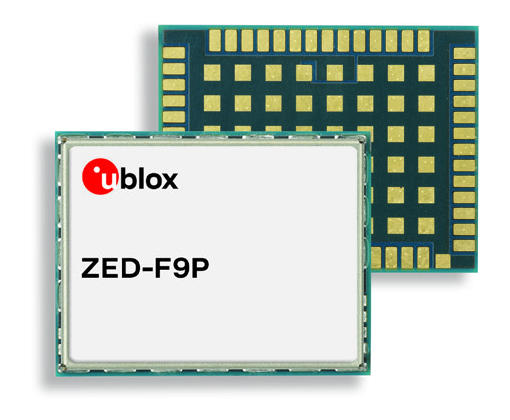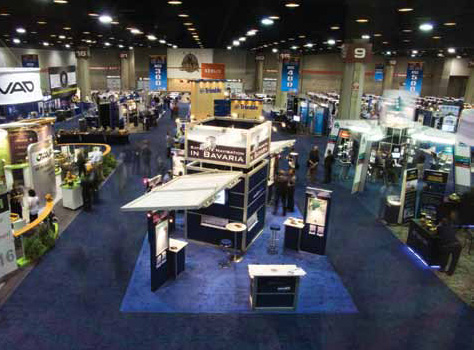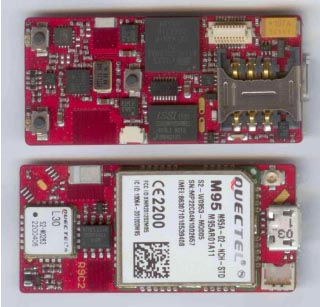 NEO-M8P GNSS module. Photo Source: u-blox.
NEO-M8P GNSS module. Photo Source: u-blox.Thalwil, Switzerland-based u-blox has announced that two of its products have been used by Cobilsys to create a small, battery-powered asset tracking device.
Cobilsys’ ATPACK tracker measures 53 by 48 by 15 millimeters and can be used to track the location of cars, motorcycles, and pets, the company said. The product uses a u-blox EVA-M8M, the industry’s smallest GNSS module, which works with GPS, Galileo, GLONASS, and BeiDou, the company said.
Thalwil, Switzerland-based u-blox has announced that two of its products have been used by Cobilsys to create a small, battery-powered asset tracking device.
Cobilsys’ ATPACK tracker measures 53 by 48 by 15 millimeters and can be used to track the location of cars, motorcycles, and pets, the company said. The product uses a u-blox EVA-M8M, the industry’s smallest GNSS module, which works with GPS, Galileo, GLONASS, and BeiDou, the company said.
The unit also integrates the u-blox SARA-U270 High Speed Packet Access/GSM communications module, which transmits the asset’s location through a local cellular network.
The u-blox modules enable ATPACK to run on a compact, and single, 700mA battery for as many as five days, the company said. The u-blox technical support team worked closely with Cobilsys to create the tracker, the company said.
In other company news, u-blox is participating in the United Kingdom’s Direct Line Insurance Fleetlights Initiative. The prototype service aims to provide on-demand light from a fleet of drones to individuals and emergency services, the company said.
The company said its M8 series of GNSS modules were used in the development of the drone technology for the initiative. The modules provide accurate positioning to a formation of multiple drones that can travel up to 30 mph — while maintaining a distance of approximately two meters between the aircraft, the company said.
The company tested its new NEO-M8P module with integrated real-time kinematic (RTK) capability. During drone testing, u-blox said it measured GNSS accuracy to within two centimeters horizontally and one centimeter vertically, which is a significant advance over standard GPS.





